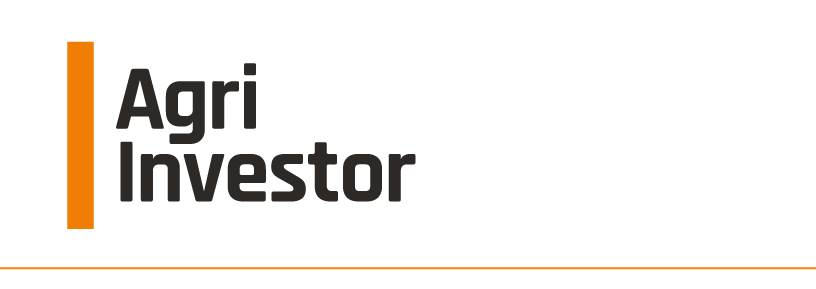
Home Values
Values
Rural Bank’s first-half analysis of Australian farmland shows values continue to rise but at a slower pace than the highs of the last four years.
Despite improved returns on a quarterly basis, annualized returns on Australian farmland are in the negative for the third quarter in a row.
ASIC has expanded its strategic priorities to include ‘consistency and transparency across markets,’ which will include scrutiny of private investments.
With government water buybacks hanging over the market, investors have been striking early to secure entitlements before prices inevitably rise.
Annual cropping continue to strongly outperform permanent farmland in the Australian Farmland Index, although returns were still only slightly in positive territory.
The latest edition of Rural Bank’s annual analysis of Australian farmland values shows that growth rates continued to slow after an exceptionally strong five years.
A tighter market is likely to see more deals done based on economic fundamentals rather than hopes of capital gain, Rabobank says.
Data from sales and lettings agency Knight Frank shows farmland in England Wales was valued at more £9,000 per acre for the first time in Q4 2023.
Water entitlement prices fell from all-time highs in February 2023 to near-A$0 in June, before recovering some ground, writes Aither's Ben Williams.
Income growth remained negative for only the second time since the 2015 inception of the Australian Farmland Index, as lower commodity prices and climatic changes have an impact.














